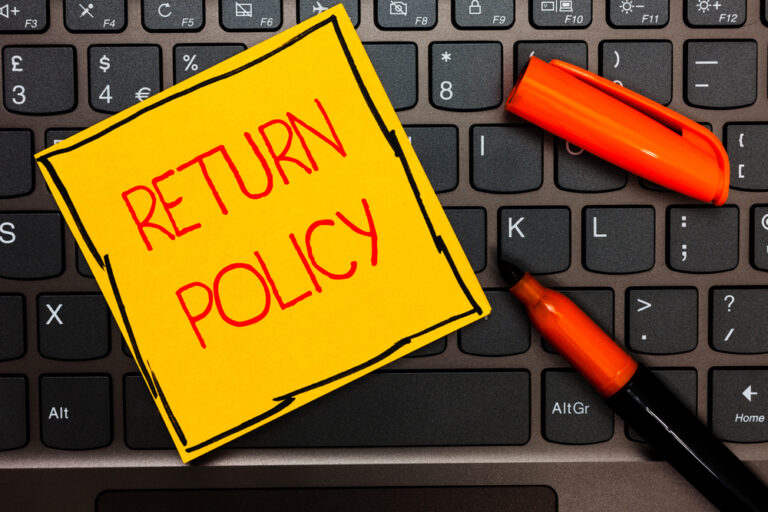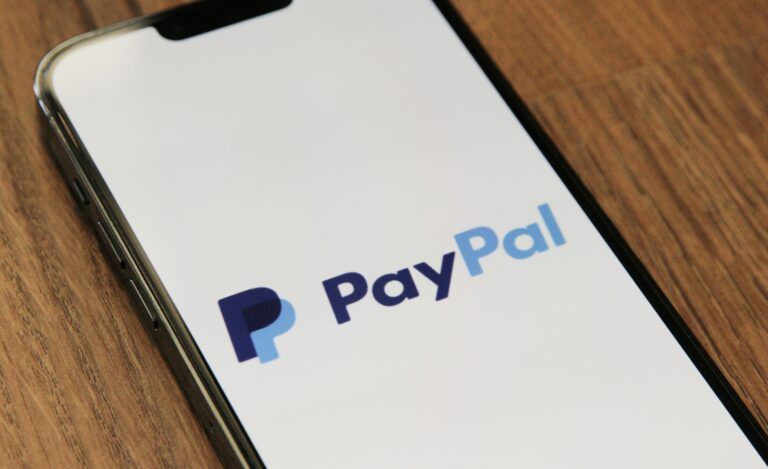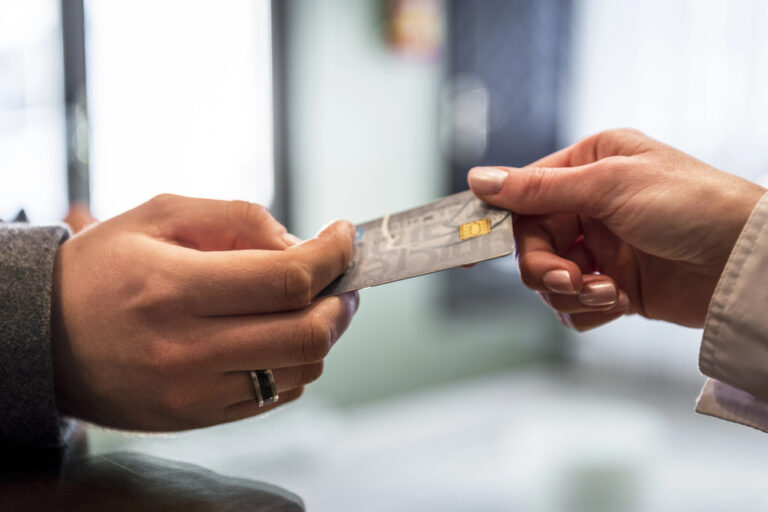Have you ever had a customer’s credit card decline, even though they insist there’s no issue with their account? Chances are, you’ve encountered a credit card decline code.
These codes are the payment processor’s way of telling you why a transaction didn’t go through. While some codes are straightforward, others can leave you scratching your head.
One of the most common and perplexing decline codes is 85: No Reason to Decline. In this post, we’ll dive into what this code means and what to do when it pops up, so you can minimize lost sales and keep your customers happy.
TOO MANY DECLINES? WE CAN HELP!
What does decline code 85 mean?
Decline code 85 is like the black box of credit card declines. It’s the code that gets spit out when the payment processor can’t quite put its finger on why the transaction was declined. Officially, it stands for either “No Reason to Decline” or “Issuer System Unavailable, depending on who you ask.
In plain English, it means that something went wrong, but the system isn’t sure what.
Think of it as the payment processor’s way of saying, “I don’t know, man. It just didn’t work.” It’s a catch-all code that gets used when the exact reason for the decline is unclear.
More often than not, it indicates a temporary communication error between the merchant (that’s you) and the issuer (the customer’s bank). Maybe the issuer’s system is taking a coffee break, or there’s a glitch in the matrix. Whatever the reason, the payment processor is left shrugging its shoulders.
OPEN A BACKUP TO AVOID LOST SALES
Reasons You Might See Decline Code 85
While the code itself is a catch-all, there are still a few common reasons why it comes up.
Issuer’s System is Snoozing
One of the most common reasons you might see decline code 85 is because the issuer’s system is down or unavailable at the moment.
Maybe they’re running updates, or perhaps they’re dealing with a technical issue. Whatever the reason, if the issuer’s system isn’t responding, the payment processor won’t be able to get a clear answer on whether to approve or decline the transaction. So, it throws up its hands and gives you code 85.
Network Connectivity is Playing Hide and Seek
Another potential culprit behind decline code 85 is temporary network connectivity issues. If the payment processor can’t establish a stable connection with the issuer, it won’t be able to complete the transaction.
This could be due to anything from a wonky Wi-Fi signal to a temporary outage on the issuer’s end. Until the connection is restored, you’re stuck with code 85.
Issuer is Being Mysterious
Sometimes, decline code 85 pops up because of an unspecified issuer error without a clear reason. In other words, the issuer knows something’s wrong, but it’s not telling the payment processor what it is.
Maybe there’s an issue with the customer’s account, or perhaps there’s a problem with the issuer’s fraud detection system. Whatever the reason, the issuer is holding its cards close to its chest, leaving you and the payment processor in the dark.
AVOID DECLINE CODE 85 WITH A BETTER PAYMENT PROCESSOR
What to Do When You See Decline Code 85
The first thing to do when you see code 85 is don’t panic. This is a common issue, and there are a few steps you can take to try and resolve it.
Give it a Minute and Try Again
When you see decline code 85, the first thing you should do is wait a minute or two and then retry the transaction.
In many cases, the issue is temporary and will resolve itself within a short time. Maybe the issuer’s system just needed a quick power nap, or perhaps the network connectivity issue sorted itself out. Whatever the reason, giving it a brief rest and then trying again is often all it takes to get the transaction to go through.
If you’re confident in the sale, you can send a confirmation of the transaction to the customer and retry the payment after a short period. That way, the customer doesn’t think anything fishy is happening with your store.
Ask for a Different Payment Method
If retrying the transaction doesn’t work, your next step is to ask the customer if they have a different payment method they can use. Maybe they have another credit card in their wallet, or even crypto.
By offering alternative payment options, you can still salvage the sale and keep the customer happy.
Have the Customer Contact Their Bank
If the customer doesn’t have another payment method available, or if you’ve tried multiple cards and keep getting decline code 85, it’s time to bring in reinforcements.
Have the customer contact their issuing bank directly to see if there’s an issue with their account. The bank may need to resolve a fraud alert, lift a temporary hold, or address some other account-related problem before the transaction can go through.
Route the Transaction Through a Backup Payment Processor
You can also try routing the transaction through a backup payment processor. This won’t always work, especially if the issue is on the issuer’s end, but it’s worth a shot.
Some payment processors have more robust connections or advanced retry logic that may be able to push the transaction through despite the initial decline.









